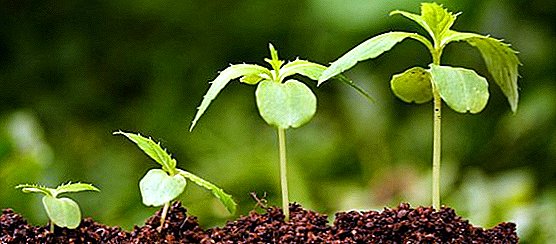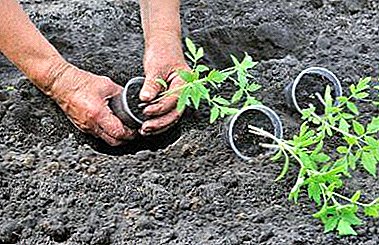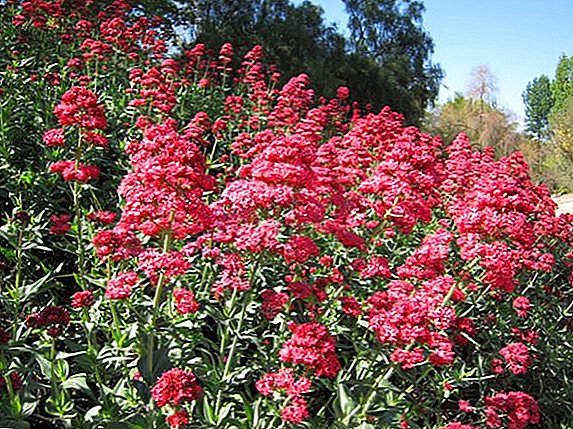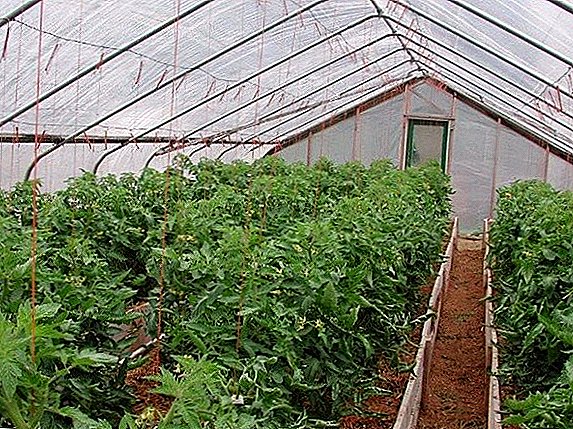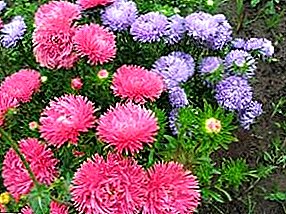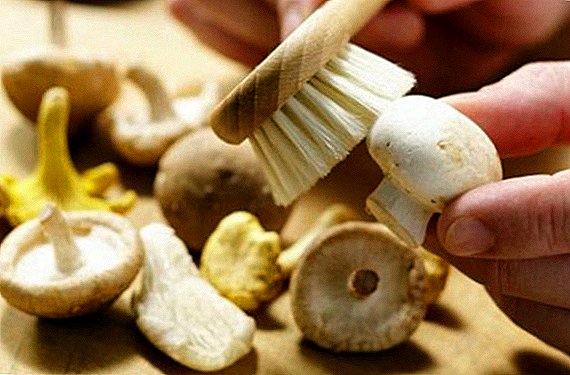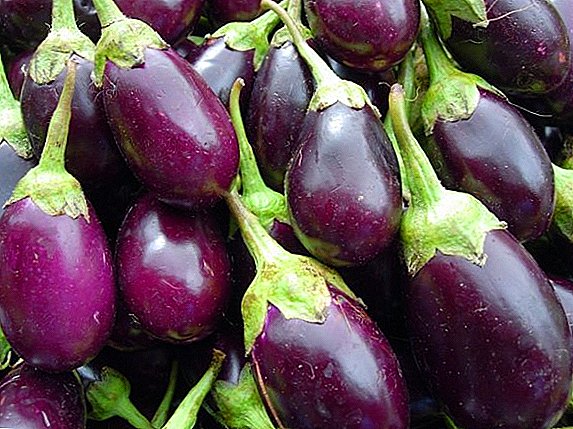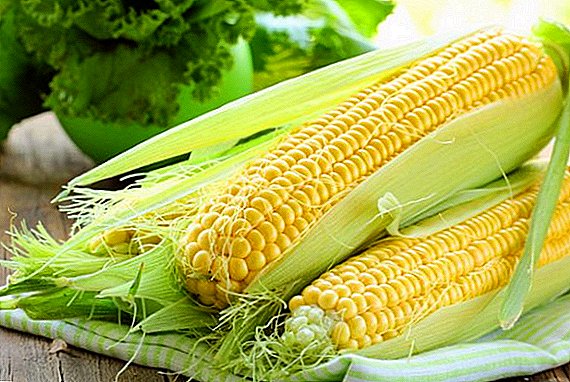 Sweetcorn is familiar to everyone from childhood. Golden grains have a unique taste, and there is not a single plant that could at least partially repeat the taste of the corn cob. Today, this crop occupies one of the leading places among agricultural crops due to its unpretentiousness in cultivation and its diverse use.
Sweetcorn is familiar to everyone from childhood. Golden grains have a unique taste, and there is not a single plant that could at least partially repeat the taste of the corn cob. Today, this crop occupies one of the leading places among agricultural crops due to its unpretentiousness in cultivation and its diverse use.
Sweet Corn "Bonduelle"
This amazing plant feeds not only people, but also animals. Breeders in many countries are working on breeding new, improved varieties of this crop.

Corn varieties "Bonduelle" does not really exist. This is the marketing course of the trademark of the same name, which united under one name the processing (conservation) of sweet hybrid varieties of coarse-grained corn, such as "Spirit" and "Bonus", characterized by the following features:
- annual plant growing up to 3 m in height;
- loves light and warmth. Tolerates a minor drought;
- reacts negatively to shading, especially in the first half of the growing season;
- from the emergence of seedlings to harvest, an average 120 days pass;
- grows well on fertile soils;
- The plant produces from one to two cobs, growing up to 22 cm and having golden-yellow large grains with a delicate texture and sweet taste.
Did you know? Growing corn engaged in 4250 BC. er This is evidenced by the findings of grains found in Mexico. The length of the cob was no more than 5 cm, and today it is an average of 20 cm.
Sweet corn is very popular due to its chemical composition. 100 g of fruits contain:

- nicotinic acid (PP) - 2.1 mg - needed for redox processes in the body, lowers cholesterol and is involved in the renewal of blood;
- choline (B4) - 71 mg - participates in the construction of body cells, improves the functioning of the liver and heart;
- beta carotene - 0.32 mg - an excellent antioxidant, fights free radicals;
- thiamine (B1) - 0.38 mg - necessary for the digestive processes in the body;
- folic acid (B9) - 26 µg - is involved in the production of red blood cells;
Find out which corn is the best for making popcorn.
- tocopherol (E) - 1.3 mg - helps to remove slags and exhibits antioxidant properties;
- potassium - 340 mg - is necessary for the human skeletal system;
- phosphorus - 301 mg - is involved in strengthening and maintaining bones and teeth;
- sulfur - 114 mg - "mineral of beauty" to maintain the normal condition of hair, nails and skin;
- magnesium - 104 mg - maintains body temperature and is present in basic life processes;

- chlorine - 54 mg - normalizes the digestion of food, retains the flexibility of the joints, it is necessary for the liver and the heart;
- calcium - 34 mg - is involved in the construction of bone tissue, regulates blood pressure, heartbeat, lowers cholesterol;
- Sodium - 27 mg - is needed to maintain the water-salt balance in the body.
Important! On average, 200 grams of edible seeds are obtained from one head. Eating 2 cobs a day, you get most of the daily calorie intake that you need to take into account for people with extra pounds.
Nutritional value of 100 g of seeds:

- proteins - 10.3 g;
- fats 4.9 g;
- carbohydrates - 60 g;
- water - 14 g;
- starch - 58.2 g;
- dietary fiber - 9.6 g

- Sick atherosclerosis - 400 g of grains will protect blood vessels from blood clots, normalize cholesterol metabolism.
- With chronic fatigue or exhaustion - 200 g of corn in a salad will help restore strength.
- Carotenoids in the product help with eye diseases - 3 times a week you need to eat a handful of grains.
- Dietary fiber is good clean the intestinal walls from slags therefore, the grass is recommended for people with gastrointestinal problems.
Tibetan lofant, white mar, dried bananas, home fern, lagenaria, spinach, broccoli, amaranth, horseradish, Chinese cabbage, nectarines, plums and tomatoes will help remove toxins and toxins from the body.
- Selenium in the product helps quickly remove alcohol from the body and fight the liver with an excess of fatty foods - 1 spoon of canned corn before a feast will help to avoid problems.
- Indispensable for vegetarians - vegetable protein grains on the value stands on the same level with animal proteins.

Along with the benefits of corn has some contraindications:
- When gastritis and stomach ulcers need to eat grains in minimal quantities.
- With increased blood clotting, you need to be careful with this product, since vitamin K contained in it accelerates this process.
- Not recommended for people who are deprived of weight or are on a diet.
- When food allergies.
Important! The extract from corn grains is useful for the prevention of malignant tumors, and its reception slows their growth.
Main types
Corn, as a species, in the botanical classification is divided into 9 groups, this division depends on the structure and shape of the grain. Consider some of the types:
- Sugar - the largest group, widely growing around the world. This group includes early-ripening varieties, such as Trofi F1, Sugar F1 and others. Fruiting occurs at 12 weeks after germination. The plants reach a height of two meters and have cobs weighing up to 220 g with pleasant bright yellow grains. Mid-early varieties "Svitstar F Hybrid" and "Pearls" with a ripening period of 3 months are well tolerated by short-term droughts that do not affect the quality of the grains. Grow up to 2.5 m, with cobs stretching up to 23 cm in length, 6 cm in diameter and weighing up to 200 g, with excellent taste characteristics. The color of the grains varies from lemon to deep yellow. Late-ripening varieties "Polaris" and "Bashkirovets" with ripening periods of up to 110 days show themselves well in adverse growing conditions. The height reaches 3 m, and the ears of golden color grow to 24 cm and can weigh 350 g. All varieties of sweet corn are widely used in the food industry, because when it reaches ripeness, it accumulates a large amount of soluble sugars with a small percentage of starch.

Corn is one of the oldest cereal crops, and also includes: wheat, barley, oats, rye, millet, buckwheat
- Bursting - it includes varieties "Oerlikon", "Volcano", which are derived for cooking popcorn and differ in the structure of the grain. When heated, the water droplet inside the grain turns into steam, which causes it to break. Plants reach a height of two meters, they grow cobs up to 22 cm in length and weighing 250 g. The grain comes in two forms - rice (top is round) and barley (the top has a beak). The valuable quality of this group of corn is a protein content of more than 16%; therefore, in addition to popcorn, it is used to make cereals and flour.
- Starchy - widely distributed in America. The varieties "Mays Concho" and "Thompson Prolific" yield great harvests. Plants reach 3 m tall, bushy, with lots of foliage. Cobs can grow up to 45 cm, grains are large, with a well-convex glossy top of yellow or white. Corn of this group is used for the production of cereals and high quality flour, as well as alcohol, starch, since the seed contains 80% of starch and only 10% of protein.
- Siliceous - an early variety "Cherokee Blue" with a high yield, it grows up to 2 m in height and has cobs up to 18 cm long. The ripening period is 2.5 months. The kernel is colored lilac-chocolate color, medium size. Boiled in no way inferior to sweetcorn. Late maturity has a variety of "Mays Ornamental Congo", the growing season is 130 days. Grows to a height of 2.5 m, the number of cobs on the plant reaches 4 pieces. Round grain contains up to 83% starch and 18% protein. According to these indicators, it is widely used for the production of grain and flour, corn sticks and flakes are made from it, and also used for animal feed.
- Tooth-like - A distinctive feature of this group is that the large grain has an elongated shape and a recess forms at the top during maturity. The weevil resembles the shape of a tooth, so the name of the species. The plant has one stem and many large ears. It is presented by the varieties "Spring 179 SV" and "Moldavsky 215 MV" with ears of medium length up to 25 cm and weight 130 g. The weevil is yellow with starch content - 70% and protein - 16%. Grown on grain and silage mass.




Did you know? Studies conducted at the University of Nagoya (Japan) have shown that purple maize contains pigment that prevents colon cancer, the lethal form of oncology, from developing.
Color Varieties
In the world history of the cultivation of corn there are colored varieties of it:
- purple "Maiz morado" - exotic corn. It has long been known in the southwestern regions of America, where it was the staple of the Indians. The main advantage of this species is a large number of anthocyanins, whose effect is anti-inflammatory, restorative and antioxidant effects. Perfectly act on free radicals, protecting vessels from their destructive action. The antioxidant abilities of this type of corn are much higher than those of blueberries (an effective fighter against free radicals). Because of this quality, blue corn can be called superfood. In the West, with blue flour, muffins and pancakes are made from such corn, and in Peru they make a purple drink, chicha morada.

Learn more about the intricacies of planting and care, how to harvest and how to store corn without loss.
- "Glass Gem" - translucent cobs of various tones. The grass was bred in Oklahoma by farmer Karl Barnes and represents one of the varieties of siliceous corn. From it you can cook flour, popcorn. In the form of pure grains in food, it is not suitable. In decorative art is very popular because of the unique color of the grains. Seeds of this variety can be ordered on the Seeds Trust website. They are so popular that the company does not have time to produce them.

From a large number of varieties of sweetcorn, you can choose the most liked look and plant it on your site, because this crop is not demanding to care, the main thing: Do not forget to water. And at the end of the summer or in the fall you will get a harvest of sweet grains, which can not only be frozen, preserving all the nutrients, but also can be preserved, knowing the recipe of the harvesting.


